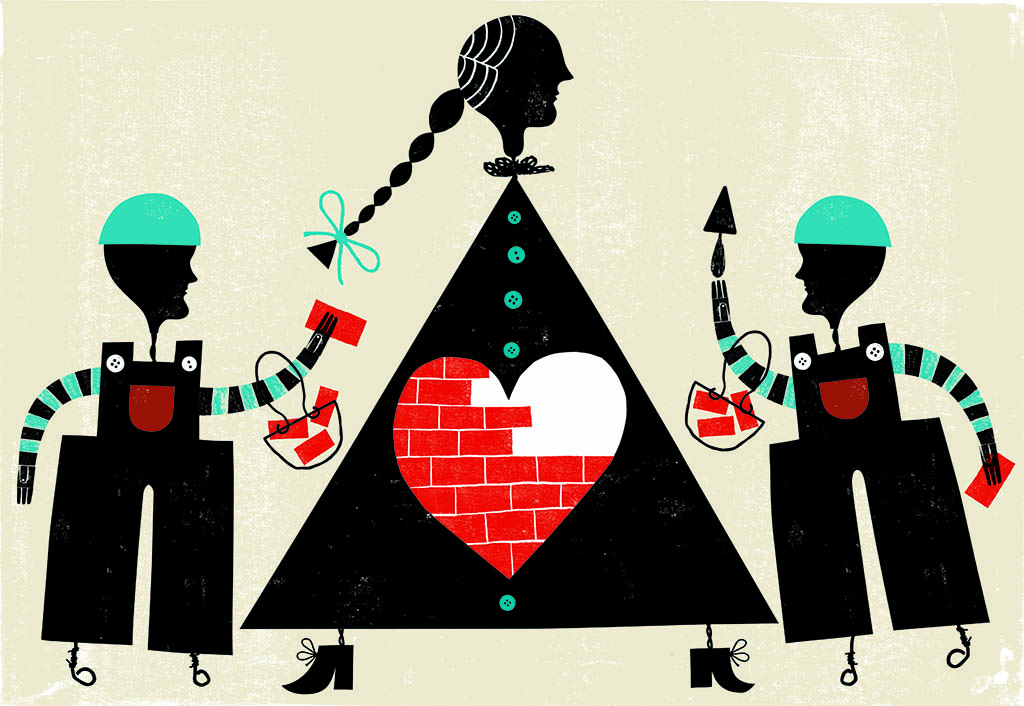Growing heart parts
Engineering heart tissue to improve the lives of infants with severe heart abnormalities

In the past, infants with severe heart abnormalities often didn’t survive the surgery meant to save them.
Medical advances have improved odds for the about 40,000 babies born in the U.S. every year with heart defects, including an extra hole in the organ or a single ventricle instead of two. But even successful surgeries can compromise their health and activities.
Hoping to help these children, Mark Skylar-Scott, PhD, an assistant professor of bioengineering, is creating heart tissue in the lab using 3D-printing techniques.
The process starts by coaxing stem cells — cells that can give rise to other cell types — to become the cells that power the heart’s contractions and the cells that comprise the heart’s connective tissue. By layering the cell types, the scientists create organoids, clumps of the tissue designed to mimic healthy heart tissue.
The team has already grown a 2-inch-long veinlike tube that can contract and expand to move fluid through itself. In theory, it could help those born with only one ventricle send blood from their heart to the rest of their body, Skylar-Scott said.
Much more research is needed before the engineered tissue can be tested in clinical trials, but Skylar-Scott is optimistic about the possibilities.
“Once the pipeline for new cells is in place, I think we’re going to start seeing some incredible progress,” he said.
Read full story here.
